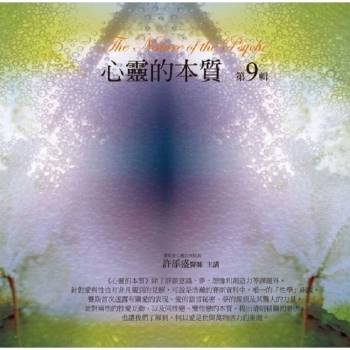San Francisco’s reputation for accommodating progressive and unconventional identities can find its roots in the waves of transients and migrants that flocked to San Francisco between the gold rush and World War I. In the era of yellow journalism, San Francisco’s popular presses broadcast shocking stories about the waterfront, Chinatown, Barbary Coast, hobo Main Stem, Uptown Tenderloin, and Outside Lands. The women and men who lived in these districts did not passively internalize the shaming of their bodies or neighborhoods. Rather, many urbanites intentionally sought out San Francisco’s "vice" and transient lodging districts. They came to identify themselves in ways opposed to hegemonic notions of whiteness, respectability, and middle-class heterosexual domesticity. With the destabilizing 1906 earthquake marking its halfway point, James Mallery’s City of Vice explores the imagined, cognitive mapping of the cityscape and the social history of the women and men who occupied its so-called transient and vice districts between the late nineteenth century and World War I.
| FindBook |
有 1 項符合
City of Vice: Transience and San Francisco’s Urban History, 1848-1917的圖書 |
 |
City of Vice: Transience and San Francisco’s Urban History, 1848-1917 作者:Mallery 出版社:University of Nebraska Press 出版日期:2024-06-01 語言:英文 規格:精裝 / 342頁 / 22.86 x 15.24 cm / 普通級/ 初版 |
| 圖書館借閱 |
| 國家圖書館 | 全國圖書書目資訊網 | 國立公共資訊圖書館 | 電子書服務平台 | MetaCat 跨館整合查詢 |
| 臺北市立圖書館 | 新北市立圖書館 | 基隆市公共圖書館 | 桃園市立圖書館 | 新竹縣公共圖書館 |
| 苗栗縣立圖書館 | 臺中市立圖書館 | 彰化縣公共圖書館 | 南投縣文化局 | 雲林縣公共圖書館 |
| 嘉義縣圖書館 | 臺南市立圖書館 | 高雄市立圖書館 | 屏東縣公共圖書館 | 宜蘭縣公共圖書館 |
| 花蓮縣文化局 | 臺東縣文化處 |
|
|
圖書介紹 - 資料來源:博客來 評分:
圖書名稱:City of Vice: Transience and San Francisco’s Urban History, 1848-1917
|











